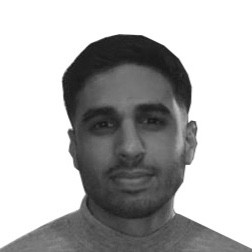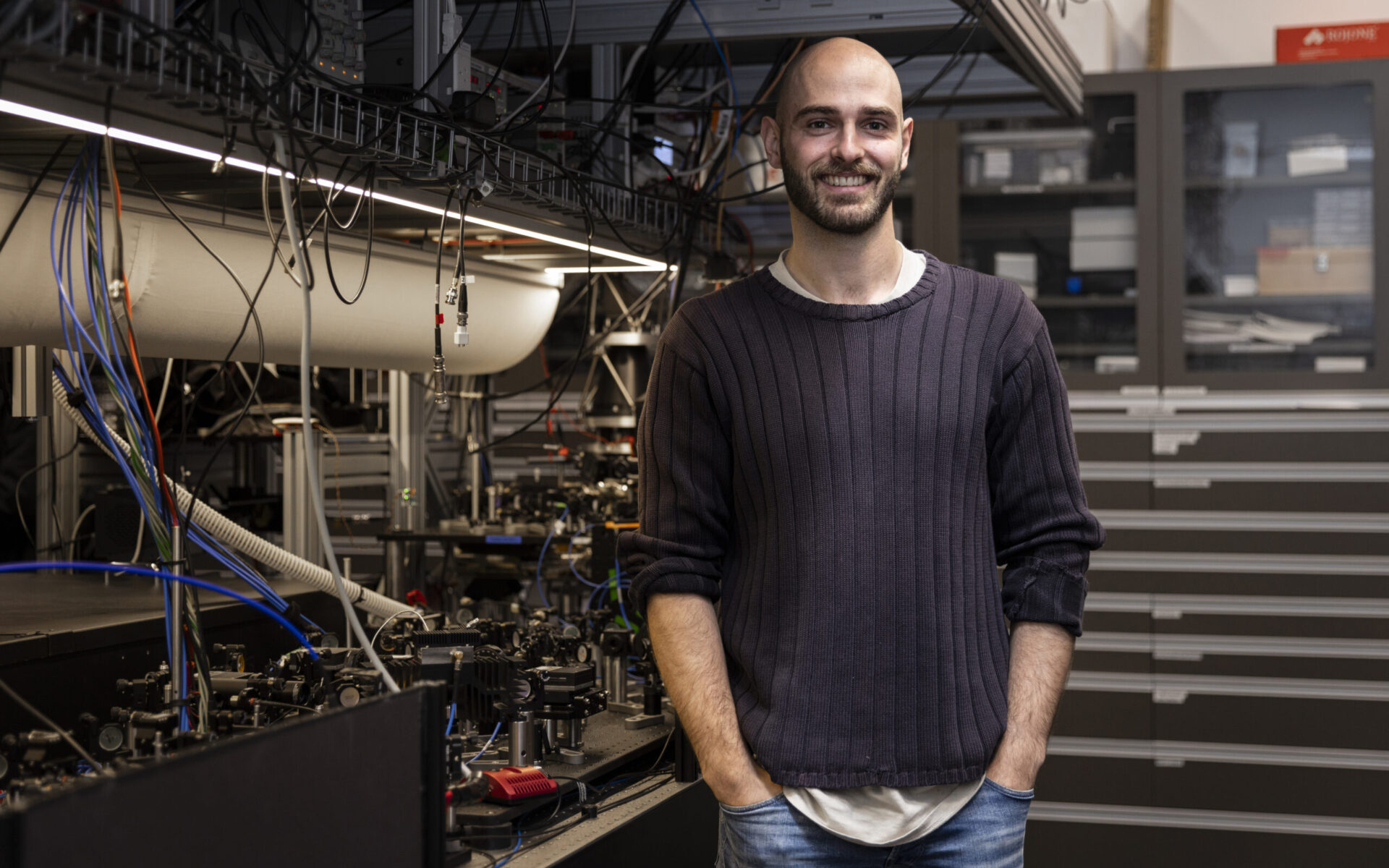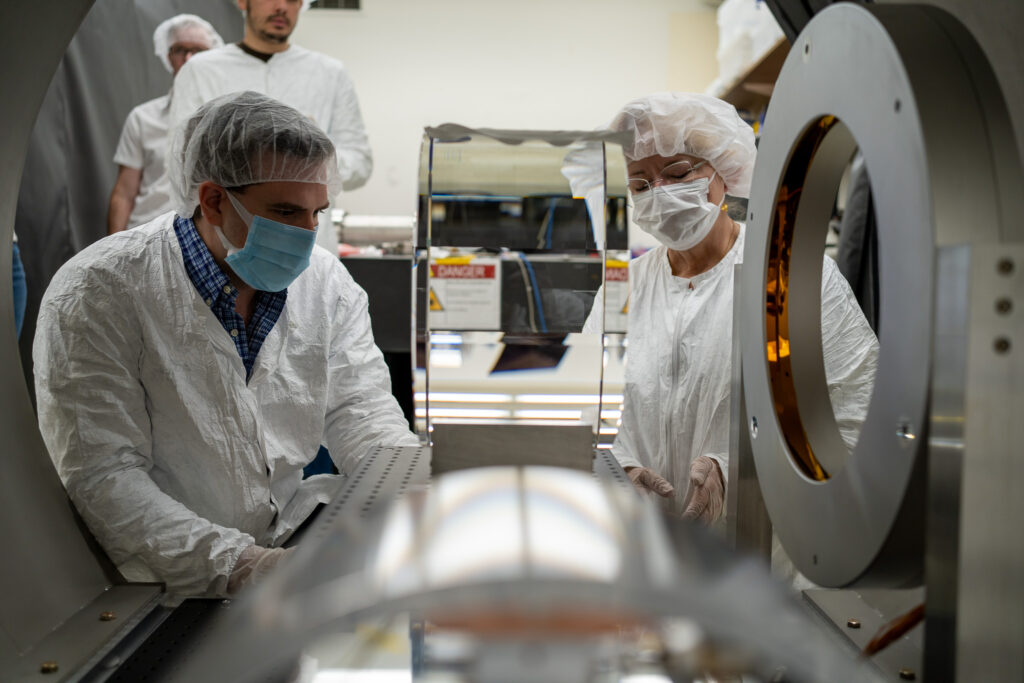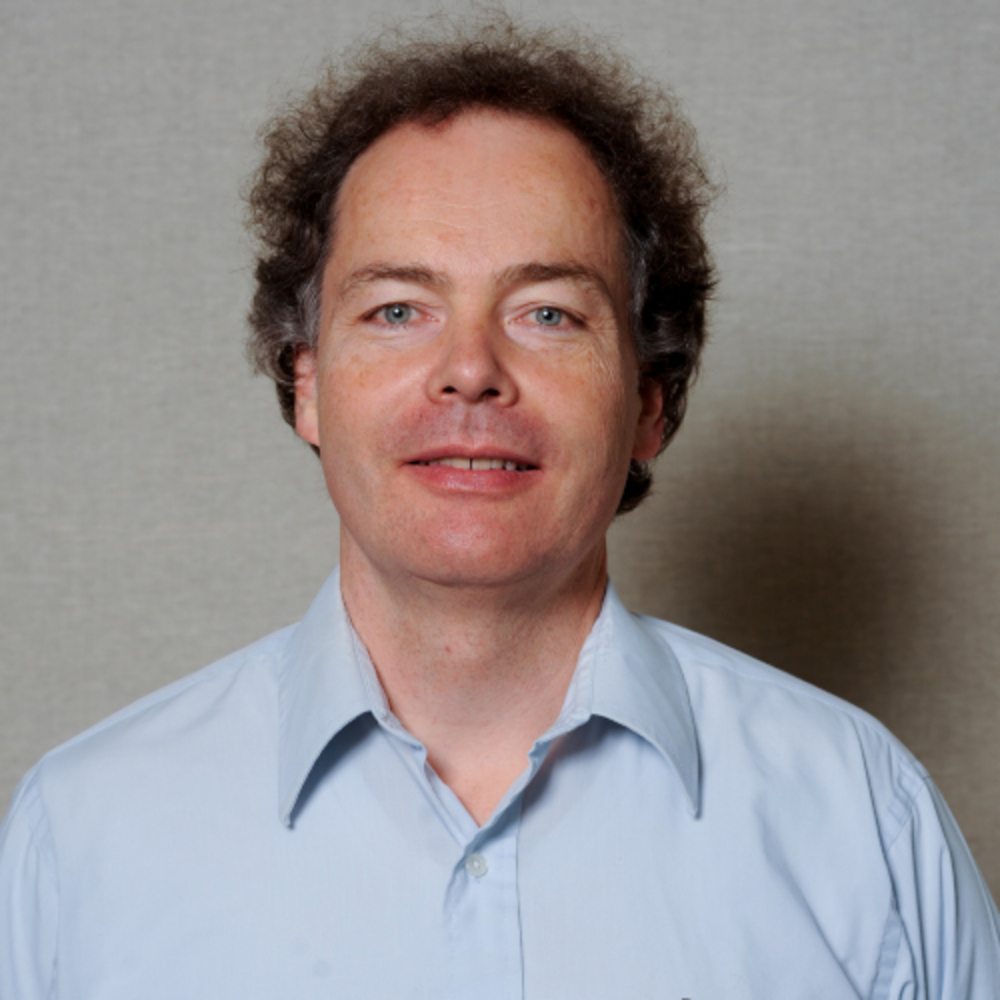Researchers from The University of Sydney are working at the forefront of quantum technologies have demonstrated a new way to reshape quantum uncertainty, showing that it is possible to enhance precision in measuring position and momentum without violating the Heisenberg limit. In our earlier news report, we explored how their approach reframes the fundamental trade-offs in quantum sensing and opens doors to detecting extremely small forces, displacements, and physical signals that were previously inaccessible.
Now, we sat down with Christophe Valahu and the team behind the work to unpack their experimental strategy; how they used a single trapped ion, GKP-type states, and quantum-error-correction protocols to realise this concept in the lab. They walk us through the challenges of maintaining coherence, suppressing back-action, and controlling decoherence; the performance regimes where their method excels; and the broader implications for precision metrology, dark-matter detection, and molecular ion spectroscopy. You can view the research paper this interview pertains to here:
Valahu, C. H., Stafford, M. P., Huang, Z., Matsos, V. G., Millican, M. J., Chalermpusitarak, T., Menicucci, N. C., Combes, J., Baragiola, B. Q., & Tan, T. R. (2025). Quantum-enhanced multiparameter sensing in a single mode. Science Advances, 11(39). https://doi.org/10.1126/sciadv.adw9757
The following interview is presented unedited to preserve the researchers’ original responses and to give you a clear, unfiltered view of how they adapted stabiliser-based measurements, reshaped uncertainty within a defined range, and pushed trapped-ion sensing into a new operational regime.
Your approach claims to “reshape quantum uncertainty” without violating Heisenberg’s principle. Could you walk us through how you designed the new trade-off between measuring position and momentum that allows finer precision in small signals?
The Heisenberg uncertainty principle is a fundamental limit that cannot be surpassed. It restricts how precisely we can estimate position and momentum at the same time. However, we are still allowed to move and reshape the uncertainty, as long as the total uncertainty remains constant. This concept, theoretically proposed in 2017 by Duivenvoorden, Terhal and Weigand for position and momentum sensing, is central to our approach. The key idea is to measure small changes in position and momentum around a reference point while sacrificing the absolute knowledge of that reference. In doing so, we reduce the uncertainty of simultaneously estimating position and momentum within a small range, at the expense of increasing uncertainty in global information, maintaining the overall uncertainty.
How did you implement this method experimentally; what system (e.g. trapped ion, oscillator) state preparation (grid states or similar) and measurement protocols were essential to proving the concept?
We implemented this method experimentally with a single trapped ion. The first challenge was to efficiently prepare the sensing state in the ion’s mechanical motion. We used quantum control protocols that were previously developed for error-correcting codes. These involve applying modulated laser interactions that couple the ion’s internal and external degrees of freedom. The modulation sequence is optimised numerically and is made robust to experimental imperfections. We prepare Gottesman-Kitaev-Preskill (GKP) type states, which are well studied in bosonic quantum error-correction. The second challenge was implementing the measurement protocol, which leveraged stabiliser measurements from quantum error-correction with GKP logical qubits.
What were the key technical challenges in maintaining coherence, minimizing measurement back-action, and avoiding decoherence when performing simultaneous or nearly simultaneous position and momentum readouts?
The main challenge of this experiment was minimising the decoherence effects in the ion’s motion during the sensing protocol, particularly due to instabilities in the trapping field caused by electronic noise. We addressed this by improving the experimental setup to reduce hardware noise and by using quantum control to make the operations more robust. Our numerical optimisation routine gave us flexibility, allowing faster and more robust operations. Another challenge was heating of the ion’s motion during measurements. Reading out the state of the trapped ion involves scattering photons and collecting these on a detector. However, the scattered photons impart small momentum kicks which scramble information encoded in the ion’s motion. To mitigate this, we randomized the ion’s initial state and only kept measurement outcomes without photon scattering, sacrificing some data in the process.
In which regimes or parameter spaces (e.g. small displacements, weak forces) does your method outperform conventional approaches, and where does it still fall short?
Our sensing schemes unambiguously measures small shifts in position and momentum within a defined range. One can think of this as an increase in sensitivity at the cost of a reduced dynamic range. Consequently, this scheme is particularly well suited for measuring weak forces that cause small displacements on the ion’s motion.
How generalizable is the technique to other quantum platforms (e.g. solid-state qubits, optomechanical systems)? What modifications or constraints might you foresee?
Our experimental demonstration adapted quantum control techniques that were developed for bosonic quantum error-correction, which have been demonstrated in platforms such as cavity quantum electrodynamics and photonics. Therefore, this sensing scheme can in principle be adapted to other platforms capable of preparing GKP-like states and performing the required measurements. Replicating this experiment on different platforms would be valuable, as they offer distinct advantages and challenges.
This sensing technique is particularly well suited for applications where one needs to measure small forces or displacements without knowing if they are aligned with position or momentum. It reduces the uncertainty in both, making it ideal for such scenarios. Trapped ions have been proposed as platforms to search for dark matter. Alternatively, this sensing scheme could also enhance sympathetic spectroscopy of molecular ions with challenging transitions.
Looking ahead, what are the biggest obstacles remaining; whether in scaling, stability, noise suppression, or system integration, and what plans do you have to address them in your ongoing research?
A key challenge with trapped ions is performing repeated measurements without decohering information encoded in the ion’s motion due to scattered photons. A solution developed by researchers in NIST, which we plan to implement on our experiment, addresses this issue. Another challenge is increasing the coherence time of the ion’s motion, which requires careful design of the stabilisation electronics. Improving the coherence time would enhance the sensitivity of our sensor.

Hassan graduated with a Master’s degree in Chemical Engineering from the University of Chester (UK). He currently works as a design engineering consultant for one of the largest engineering firms in the world along with being an associate member of the Institute of Chemical Engineers (IChemE).



